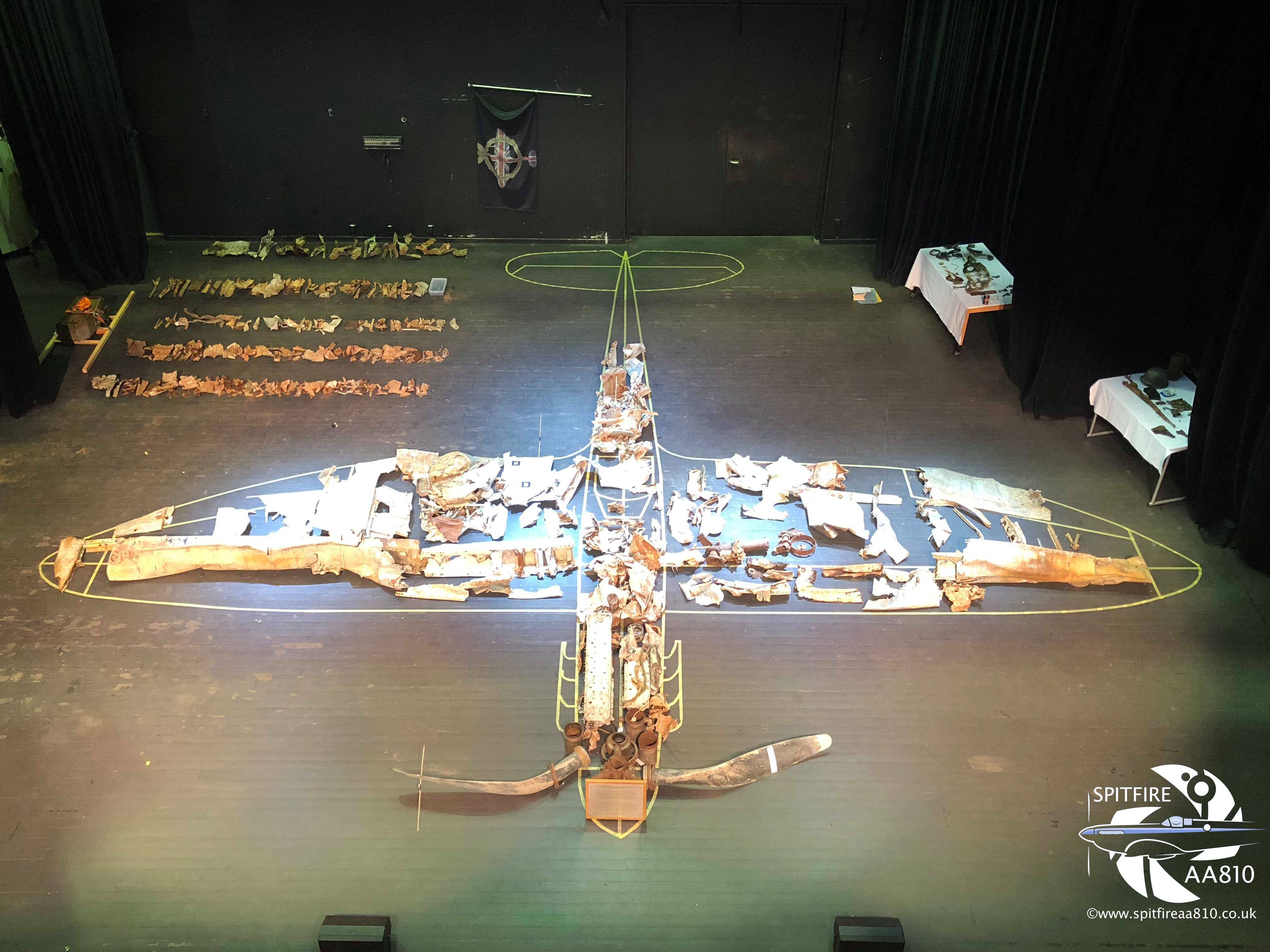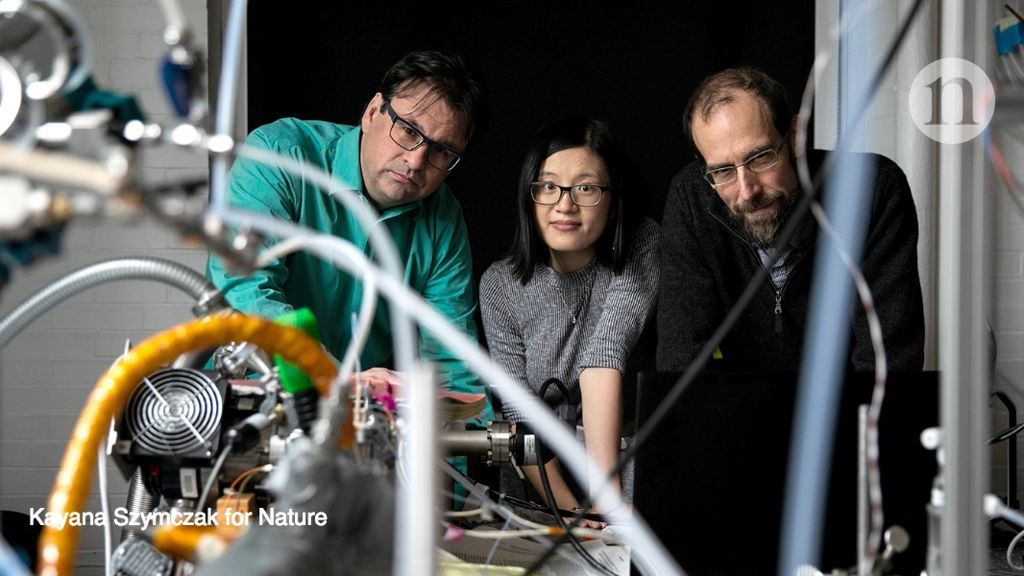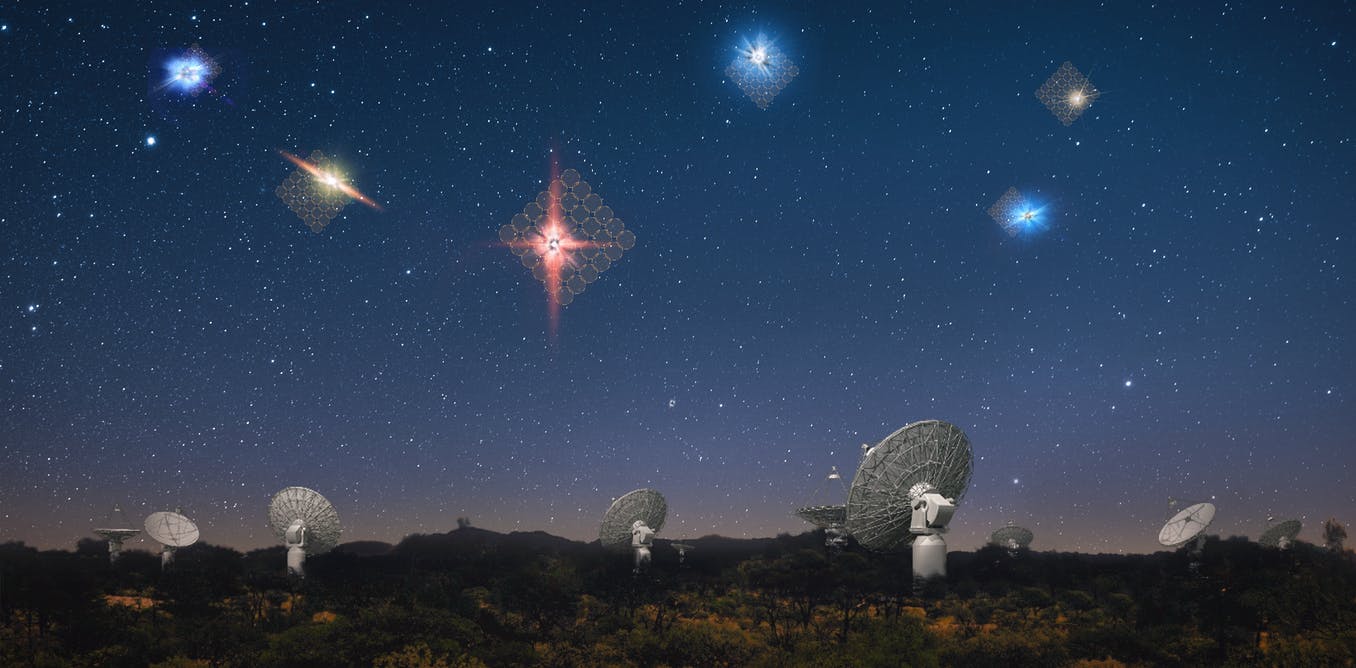David Wilcock update november 2018
subcribe and share if you like this video!
Thank David Wilcock 2018 and thank for watching!
Get the latest international news and world events from around the world.

World War II fighter plane flown
An extremely rare World War II Spitfire fighter plane flown by a pilot who later took part in the “Great Escape” has been recovered from a remote Norwegian mountainside.
Specially equipped for long-range reconnaissance, the Royal Air Force Spitfire AA810 was shot down on March 5, 1942, during a mission to photograph the German battleship Tirpitz. The Spitfire’s pilot, Flt. Lt. Alastair ‘Sandy’ Gunn, bailed out from the plane but was captured by German forces. In 1944 he was part of the famous “Great Escape” breakout from the Stalag Luft III POW camp. Recaptured shortly after the breakout, the Scot was among 50 escapees executed by the Gestapo.
Gunn’s plane was a specially adapted Mk 1 Spitfire stripped of guns and armor and fitted with additional fuel tanks to extend its range from 575 miles to nearly 2,000 miles.

Anglo-Saxon burial site shines a light on the high worth of women in the Dark Ages
The emancipation of women is generally considered a modern phenomenon, but a new burial site in Lincolnshire has shown that females were already enjoying high social status, wealth and power in their own right during the Dark Ages.
Archaeologists at the University of Sheffield discovered 20 burials at a cemetery in Scremby, on the southern edge of the Lincolnshire wolds, dating back to the late fifth to mid sixth centuries AD. Around half the graves were females, who were found to be richly dressed and surrounded by riches including amber necklaces, hundreds of glass beads, silver buckles and ivory clasps.
Dr Hugh Willmott, Senior Lecturer in European Historical Archaeology from the https://www.sheffield.ac.uk/




How scientists are working together to solve one of the universe’s mysteries
All of these facts may make it sound as though scientists know a lot about Fast Radio Bursts. In reality, we don’t. For instance, though we know they’re not from our galaxy, we don’t know where exactly they come from. We don’t know what causes them. And we’re not sure whether they might be useful as cosmological standards to measure the large scale properties of our universe.
Dozens of theories about Fast Radio Bursts have been proposed. Some conform to standard physics. Others are more exotic, including cosmic strings – hypothetical, one-dimensional structures formed in the early universe – or even rather bizarre: one theory suggests that aliens are responsible.
Now, in an attempt to discover the truth about Fast Radio Bursts, we have created a catalogue that lists each theory, along with its pros and cons. Scientists from around the world can weigh in, and new data and discoveries will be added throughout the process.
Audi is starting to test its ‘all-electric flying and self-driving car’
T/
Audi, Airbus and Italdesign are all working together on an electric “flying taxi” concept and they are now starting to test the vehicle.
The concept was first unveiled earlier this year at the Geneva Auto Show.
They now have a more refined working prototype, but it’s still a 1:4 scale model – though it is flying and driving at Amsterdam Drone Week.
Journal Club November 2018 — Senescent cells and Alzheimer’s
Tau protein aggregation is associated with cellular senescence in the brain is the topic for the November Journal Club. This is an important paper as it shows how senescent cells contribute to Alzheimer’s disease and how removing them appears to improve the condition. We will see you live on our Facebook page at 13:00 EST for the Journal Club show with Dr. Oliver Medvedik.
Abstract
Tau protein accumulation is the most common pathology among degenerative brain diseases, including Alzheimer’s disease (AD), progressive supranuclear palsy (PSP), traumatic brain injury (TBI), and over twenty others.

The More Senescent Cells there Are the Faster they Accumulate
Today, we want to point out a new study showing how senescent cells poison their healthy neighbors and that the more there are, the faster they make other cells become senescent.
What are senescent cells?
As you age, increasing numbers of your cells enter into a state known as senescence. Senescent cells do not divide or support the tissues of which they are part; instead, they emit a range of potentially harmful chemical signals that encourage nearby healthy cells to enter the same senescent state, which is known as the “bystander effect”. Their presence causes many problems: they reduce tissue repair, increase chronic inflammation, and can even eventually raise the risk of cancer and other age-related diseases.